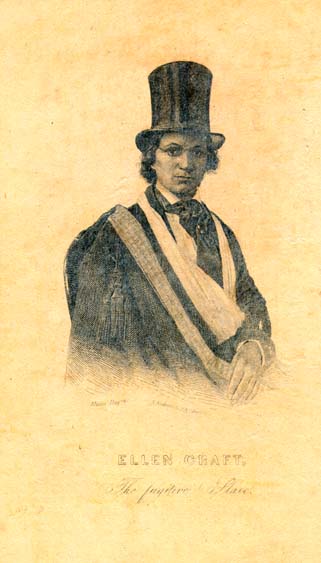Light in August in Light of Foucault: Reexamining the Biracial Experience
Arizona Quarterly: A Journal of American Literature, Culture, and Theory
Volume 64, Number 4, Winter 2008
pages 49-68
E-ISSN: 1558-9595
Print ISSN: 0004-1610
DOI: 10.1353/arq.0.0020
Bethany L. Lam
Comparatively little current criticism of Foucauldian racial theory exists, primarily because [Michel] Foucault never formulated a full-blown racial theory. Some critics, such as Robert J.C. Young and Ann Laura Stoler, have successfully used Foucauldian principles to inform their views of race studies. Foucault himself said little directly pertaining to race studies, admits Young: “Foucault had a lot to say about power, but he was curiously circumspect about the ways in which it has operated in the arenas of race and colonialism. His virtual silence on these issues is striking” (57). This silence does not deter Young and a few other critics from extrapolating Foucauldian thought into various areas of race studies. Young focuses his discussion on racism; he evaluates Foucauldian influence on colonial studies, particularly on Edward Said’s Orientalism, before applying Foucauldian commentary on ethnology, power, and sexuality to a theory of racism. Like Young, Ann Laura Stoler relies heavily on Foucault’s History of Sexuality in her applications of Foucault to colonial studies. Stoler has authored two of the more extensive explorations of Foucauldian thought as it pertains to race studies, Race and the Education of Desire: Foucault’s History of Sexuality and the Colonial Order of Things and Carnal Knowledge and Imperial Power: Race and the Intimate in Colonial Rule. Both of these works deal with race primarily in the context of sexuality in colonialism, neglecting the larger picture of Foucault and racial identity.
One element that has been noticeably lacking in the theory thus far is a thorough application of Foucault to the study of multiracialism. But Foucault has much insight to offer in explaining the attitudes of society towards the multiracial, the attitudes of the multiracial towards himself, and the resulting interaction between society and individual. The viability and value of these explanations become evident when applied to literary characters and their social (albeit fictional) contexts. Foucault deepens our understanding of the multiracial in society, showing not just how the individual and society affect each other, but—more importantly—why they view and treat each other as they do; merging his theory with literary criticism sheds new light on the tensions between multiracial characters, such as Faulkner’s Joe Christmas, and their societies, moving our explanations beyond mere “identity confusion” to the underlying causes of the confusion.
Before applying Foucault directly to Faulkner, let us spend several moments tracing the outlines of a Foucauldian theory of multiracialism. To understand society’s perception of multiracialism, we must begin with the racial hierarchy, one of the many ways by which society orders subjects. In order to do this effectively, we should first look at Foucauldian thought regarding power, knowledge, and discourse. Foucault describes discourse as “an instrument and an effect of power, but also a hindrance, a stumbling-block, a point of resistance and a starting point for an opposing strategy. Discourse transmits and produces power; it reinforces it, but also undermines and exposes it, renders it fragile and makes it possible to thwart it” (History 101). “It is in discourse,” he states, “that power and knowledge are joined together” (100). Discourse is both product and producer of power, the place where power and knowledge intersect.
In a Foucauldian paradigm, one might view race as a visual discourse. Its power emanates first of all from the prevalence and potency of race-based societal stereotypes. These racial stereotypes act as self-ful-filling prophecies, continually producing and reproducing themselves. The stereotypes lead to a second source of power in the discourse of race: the race-based ordering of society. These stereotypes and ordering feed off the knowledge aspect of racial discourse, knowledge based both on visual perception of skin color and the expectations created by the stereotypes themselves. Society uses its knowledge to assign a place in the racial hierarchy to each person. Race, then, becomes an indicator of societal expectation for a person, to which that person more or less conforms.
Multiracialism problematizes this visual discourse through its nonconformity, both to the visual code and to traditional racial categories. A mixed-race individual is the result of an ancestral transgression of the racial order, a transgression either of the parents or of a more…
Read or purchase the entire article here.





